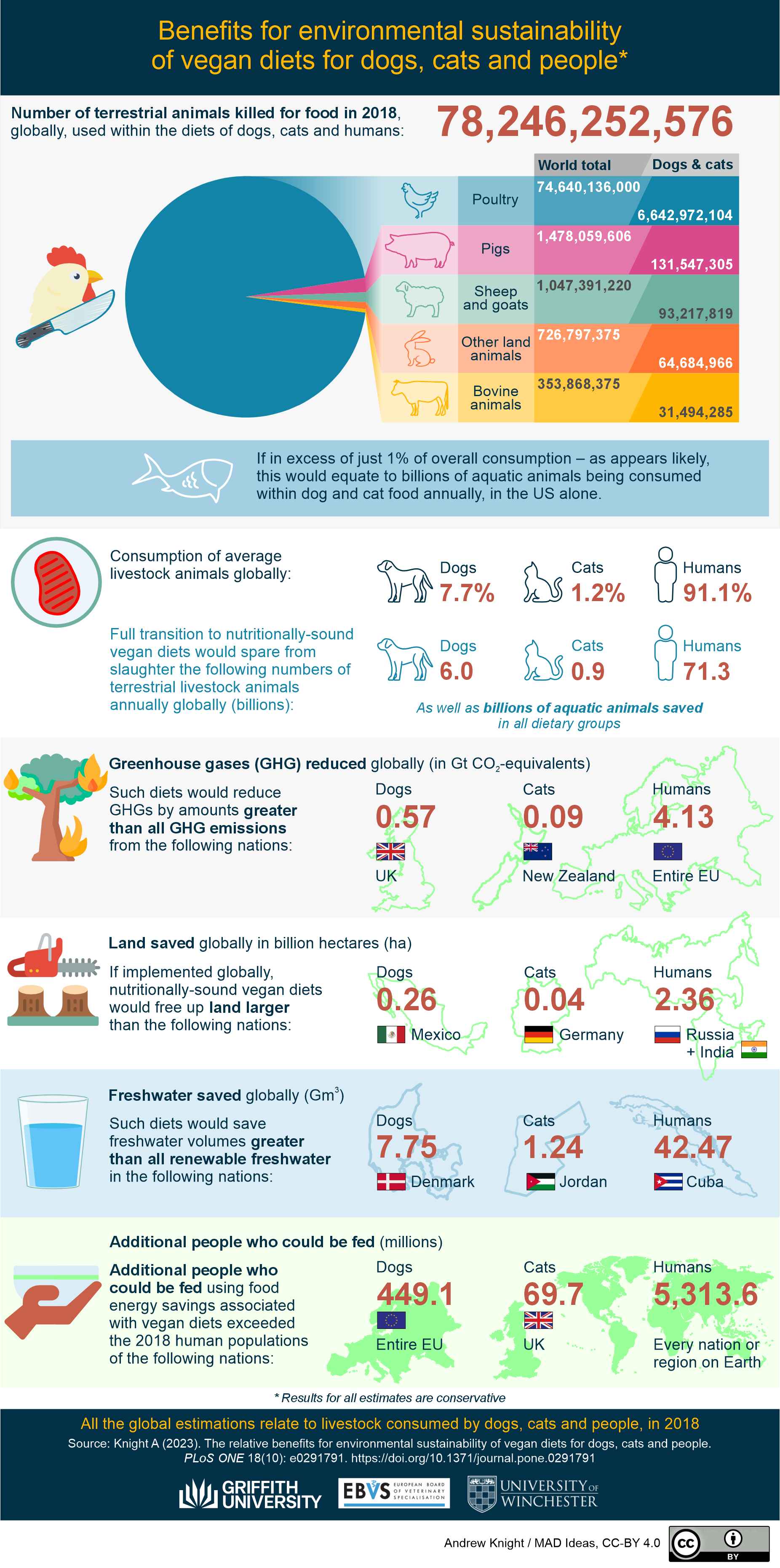this post was submitted on 16 Nov 2024
-25 points (17.9% liked)
Data is Beautiful
852 readers
131 users here now
Be respectful
founded 5 months ago
MODERATORS
you are viewing a single comment's thread
view the rest of the comments
view the rest of the comments

and the feed grown "for animals" is largely a byproduct of plants grown for people. it's incredibly dishonest.
That is incorrect. Around 40% of fields are used to grow food for livestock, as well as a quarter of fish caught being fed to animals. I found this article saying we could slightly increase byproduct use for feed, but they are minor improvements. https://www.nature.com/articles/s43016-022-00589-6
from the abstract
a distinct minority of animal feed competes with human food
Yes, humans cannot eat grass (for example), but grass is also not a byproduct. And fields used to grow grass could be used either for other (human-edible) crops, habitation or for wildlife restoration.
some. I doubt that's true for most grasslands.